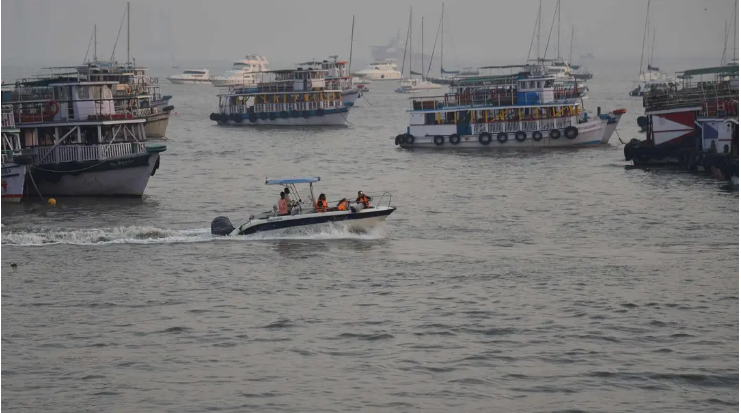India: Stampede at Religious Gathering Claims Over 100 Lives
More than 100 people were killed Tuesday in the Indian district of Hathras, located in the state of Uttar Pradesh. The deaths were due to a stampede at a Hindu religious gathering organized by a guru who goes by two names — Bhole Baba and Sakar Vishwa Hari....
0:00
/1861
Facts
- More than 100 people were killed Tuesday in the Indian district of Hathras, located in the state of Uttar Pradesh. The deaths were due to a stampede at a Hindu religious gathering organized by a guru who goes by two names — Bhole Baba and Sakar Vishwa Hari.1
- Despite only having a permit to hold a 5K-person event, Baba's event on Tuesday reportedly welcomed 15K. Hospitals struggled to deal with the overwhelming casualties.2
- Officials offered multiple theories as to what caused the deaths — including overcrowding as people were leaving the venue and people slipping while seeking water due to hot conditions.3
- The Chief Minister of Uttar Pradesh, Yogi Adityanath, said a police investigation (a 'First Information Report') will be opened into the event's organizers.4
- Temperatures had neared 100°F (37.7°C) with high humidity which may have reportedly prompted panic among attendees. Eyewitnesses reported that some victims had reportedly fallen into a drainage ditch.1
- Other deadly religious gatherings in India's recent history include a stampede that killed 115 in 2013, another that killed nearly 250 in 2008, and one that killed over 340 an annual pilgrimage in 2005.3
Sources: 1New York Times, 2Al Jazeera, 3Reuters and 4Hindustan Times.
Narratives
- Narrative A, as provided by OpIndia. This isn't the first time Bhole Baba has organized a dangerously large gathering, having previously held a 50K-strong event despite only being approved for less than 100 people. As the event organizer, he must be thoroughly investigated and held accountable.
- Narrative B, as provided by DAWN.COM. While Bhole Baba and his event should be investigated, it's important to note that India has a history of deadly religious events, some of which bring up to 1M attendees. Authorities should implement proactive steps — such as improved crowd control and safety planning — to prevent such tragedies from ever occurring again.







